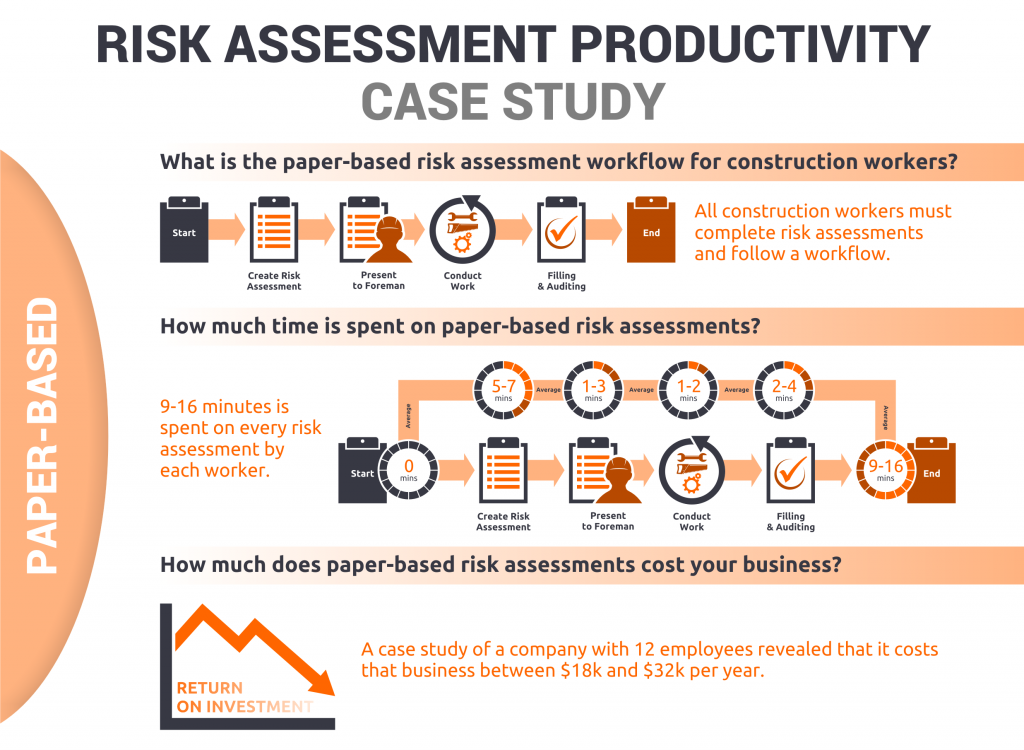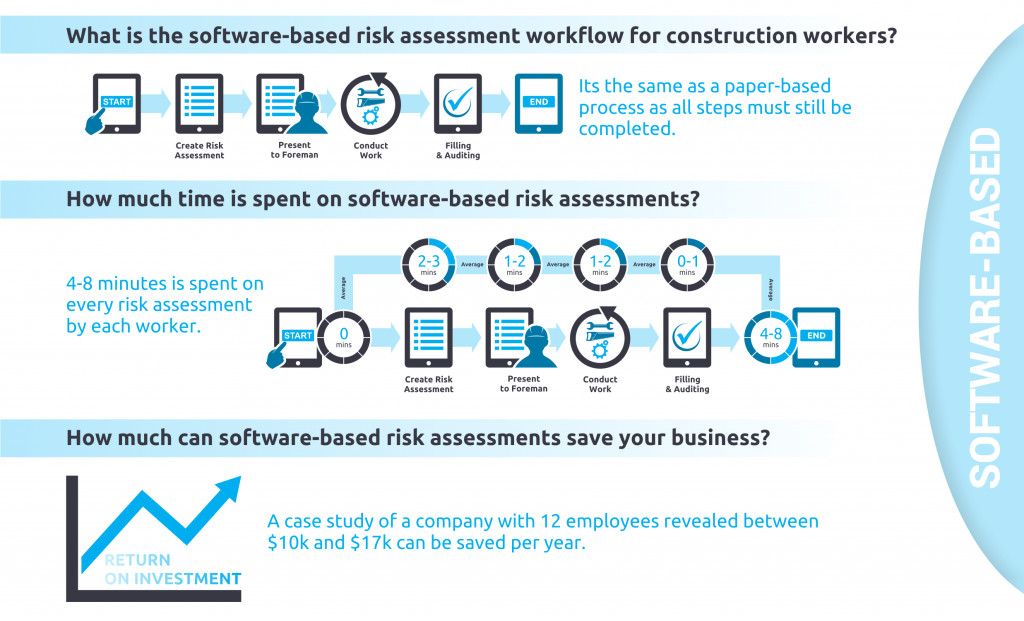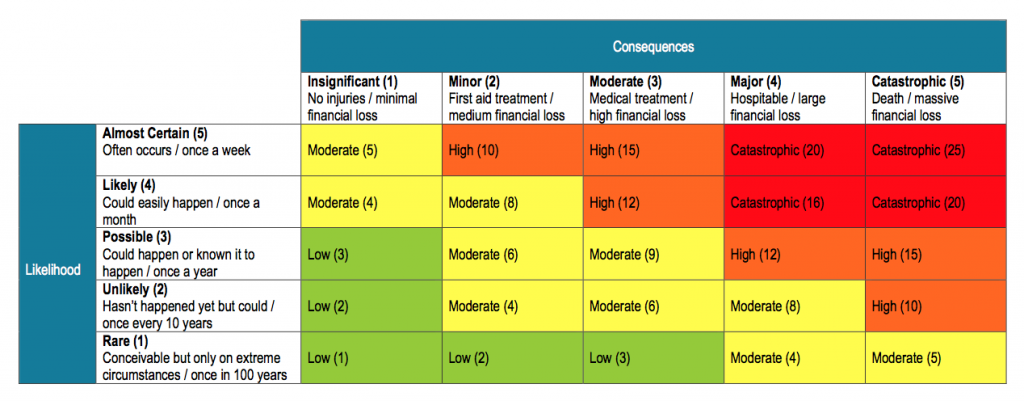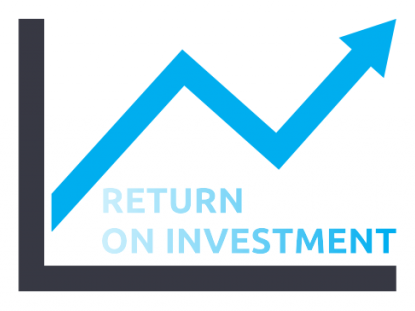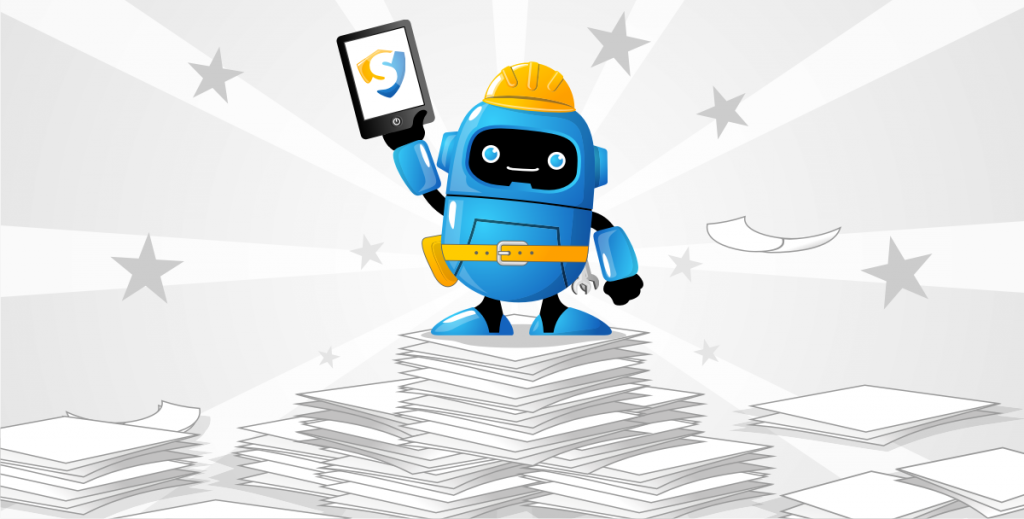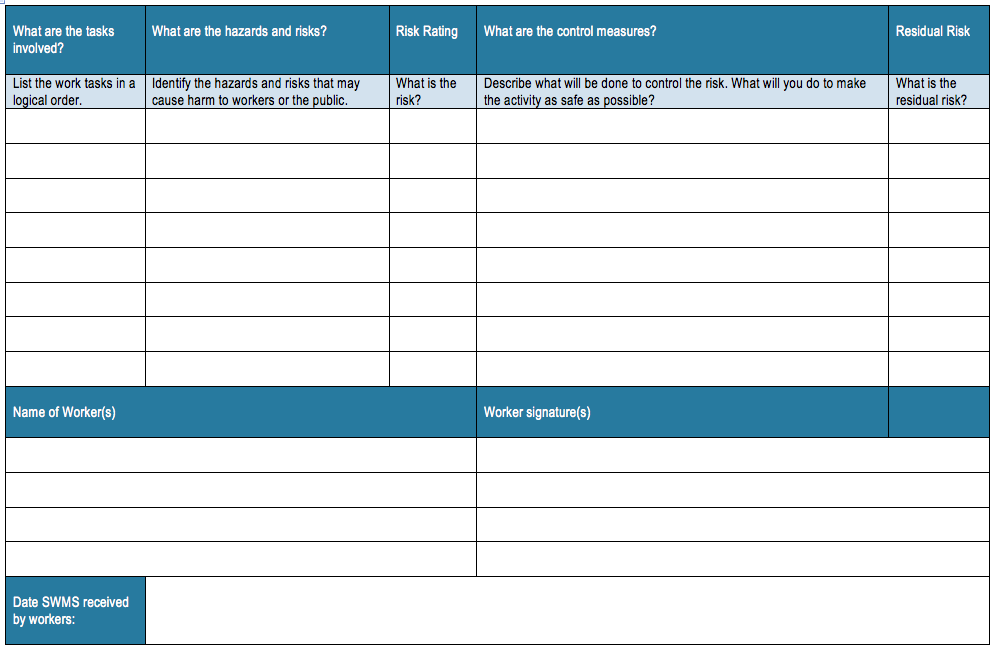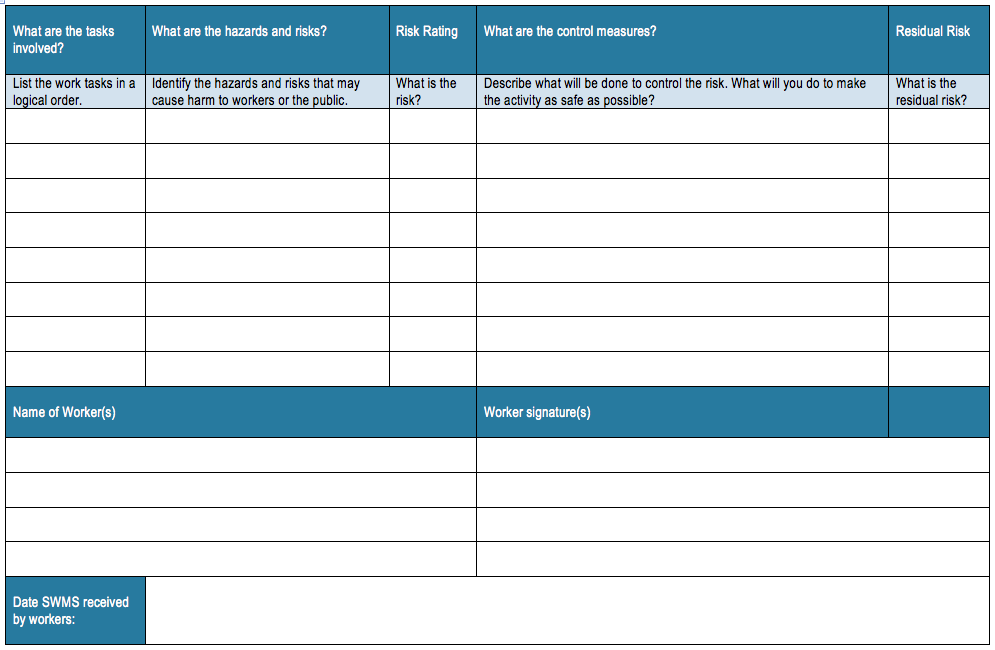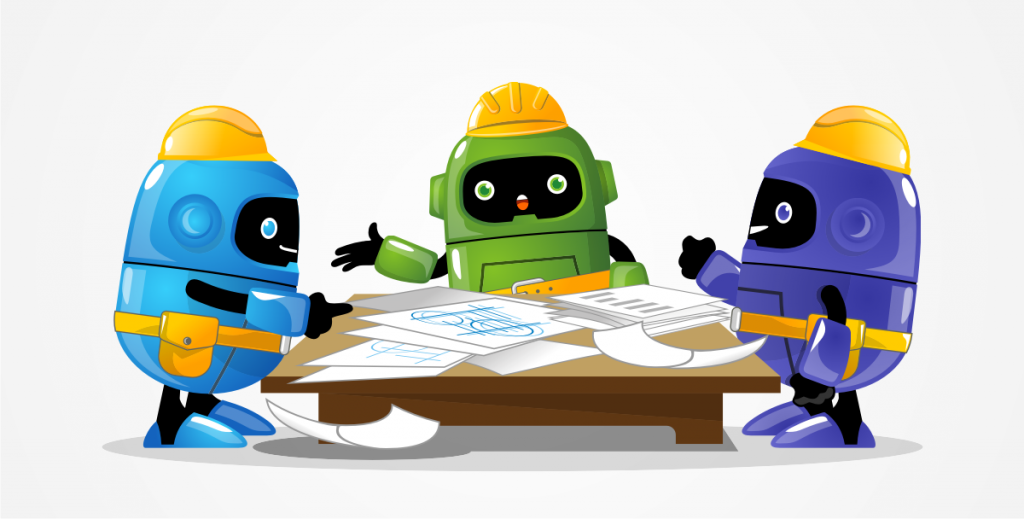The Basic Risk Assessment Questions
Understanding OHS laws and regulations is a prime concern for anyone involved in high risk construction work. When done properly, risk assessments make worksites safe and reduce the likelihood of injury or worse. Knowing how to perform a risk assessment is not the only aspect to safe work practices that should be considered. There are other risk assessment questions worth addressing.
What is a risk assessment form?
This basic question has a basic answer. A risk assessment form is a series of documents that aim to identify the risks and hazards evident on a worksite, list the types of high risk construction work involved and outline the measures to be put in place that will eliminate or at least reduce these risks. Risk assessments consist of a safe work method statement and a risk assessment matrix. A safe work method statement is a certified document that must outline what the high risk work is, the risk involved and the control measures to be implemented. Risk assessment matrices place a numerical value on the level of risk associated with each type of high risk work based on their likelihood and consequence.

What is a risk analysis?
This is the process of interpreting just how severe the consequence of a risk or hazard could be. It involves using a risk assessment matrix to place a numerical value on how serve a specific hazard could be. This is done to give workers a better understanding of the risks involved, in turn encouraging safe work practices.
Why do we need risk assessments?
Although they are just another type of paperwork, risk assessments are essentially a way to make safe work practices part of an average worker’s daily routine. By instilling the risk assessment process into the everyday habits of a worker, it is hoped that the type of safe work practices required in any job will be better understood and used more regularly.
Why are risk assessments carried out?
Other than the promotion of safe work practices, risk assessments are carried out as a way to formalise compliance with OHS laws. By having a written record of your risk assessments, regulators are able to check the extent to which a construction business has complied with safe work standards. Also if an accident were to occur, the risk assessment can be used in legal proceedings as a record of compliance. This point underlines the importance of storing risk assessments clearly and efficiently – if you cannot display compliance then you may face penalties.
What is a risk assessment tool?
This is anything that aids or streamlines the risk assessment process. It can take many forms but to date the most efficient method of risk assessment appears to be that offered by software. Risk assessment software takes the paperwork associated with risk management and converts it to a digital form. This basically means that instead of writing a risk assessment on paper, the formwork is completed on an digital tool – like a smartphone app. This is a quicker method of writing a risk assessment but also streamlines the compliance process for managers who, instead of filing paperwork, simple save and store PDF files. Learn more about risk assessment software.
If you would like to learn more about the risk assessment process, check out the SafeWorkPro Blog.
